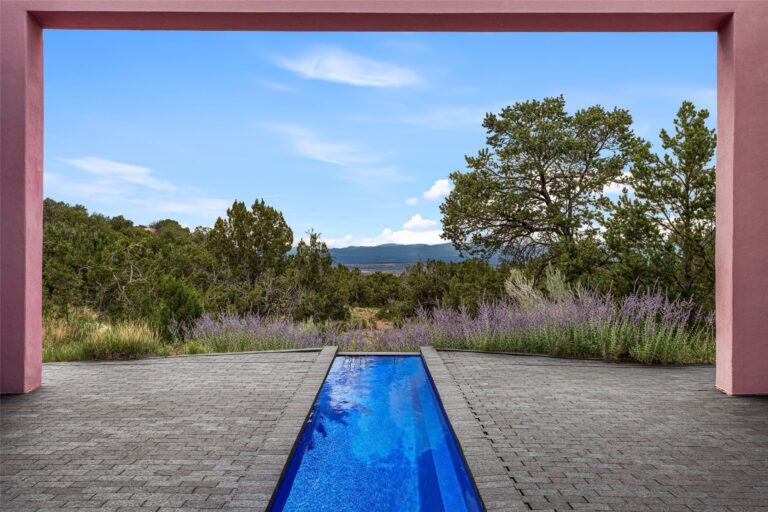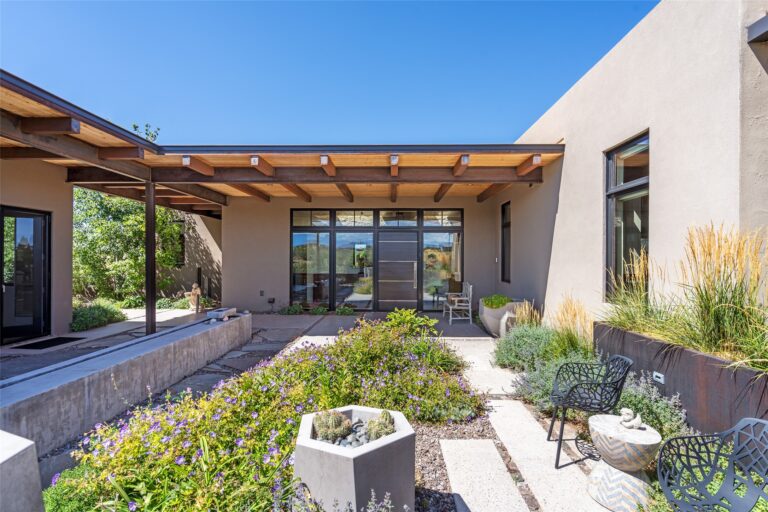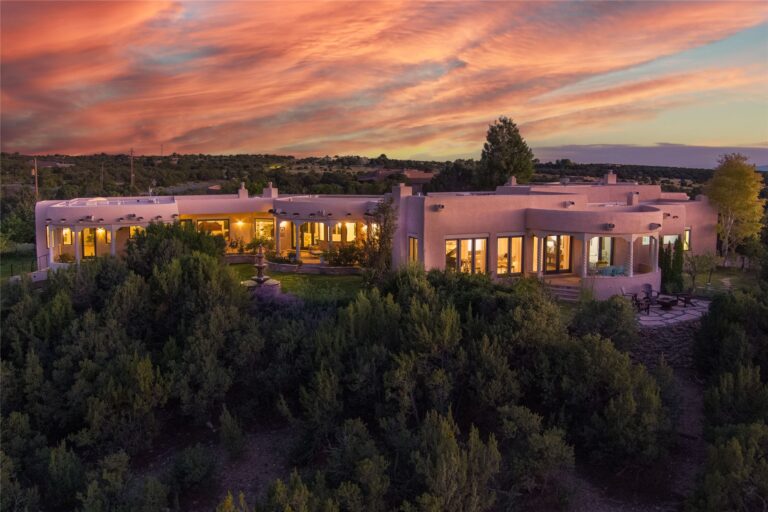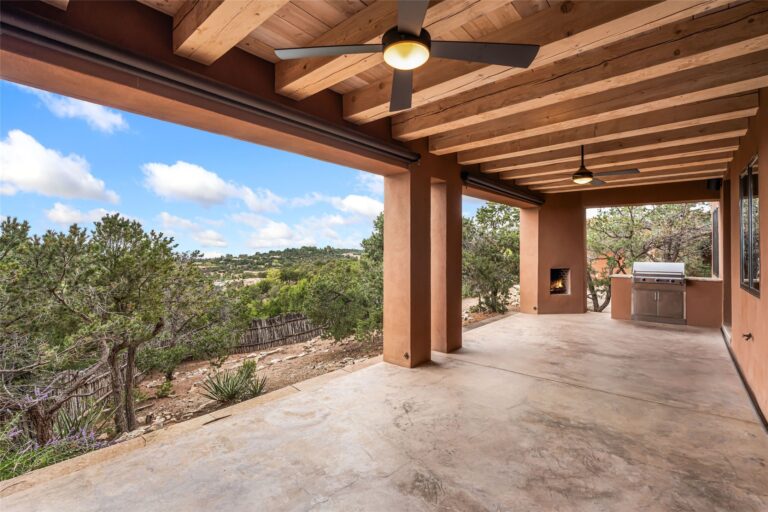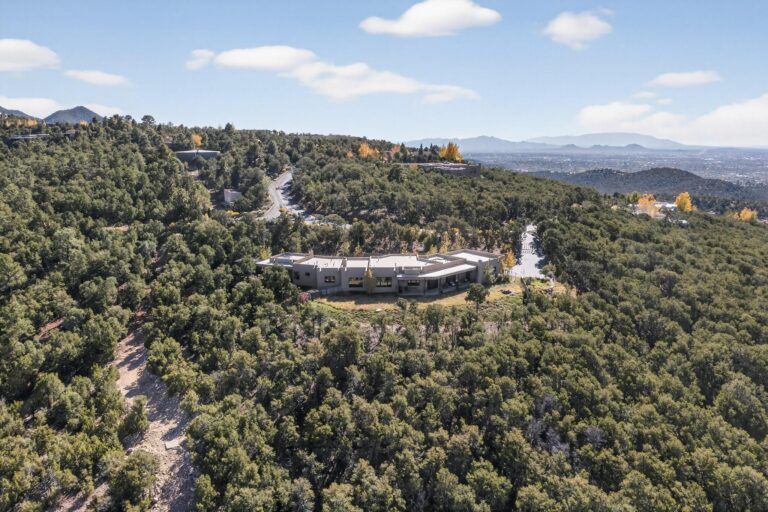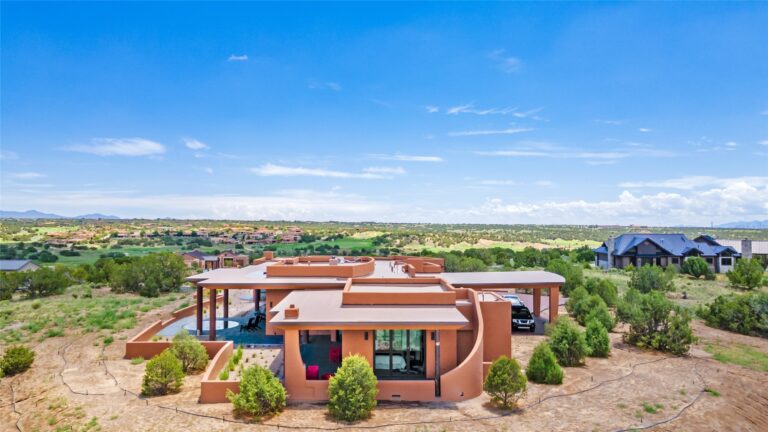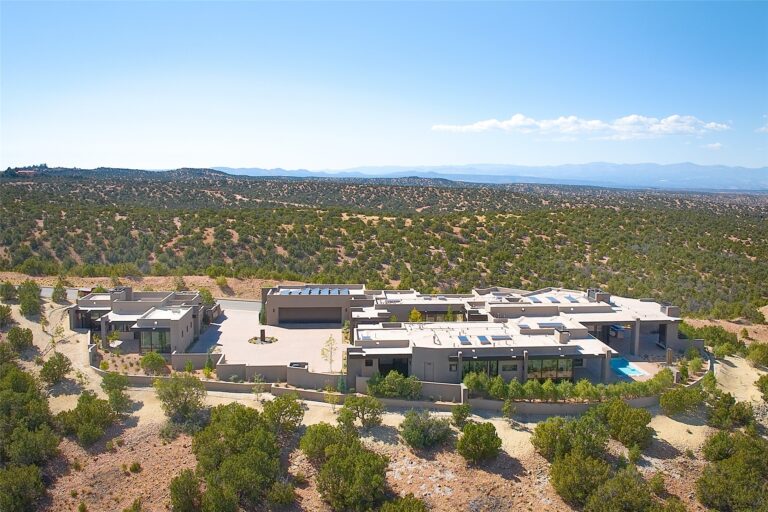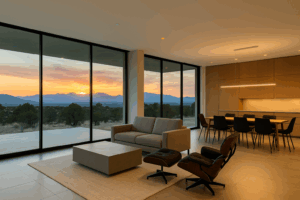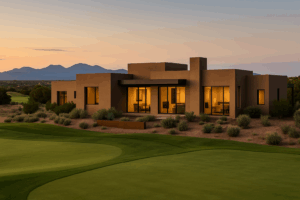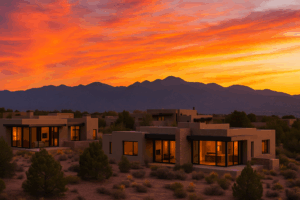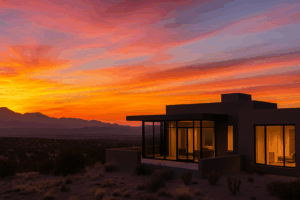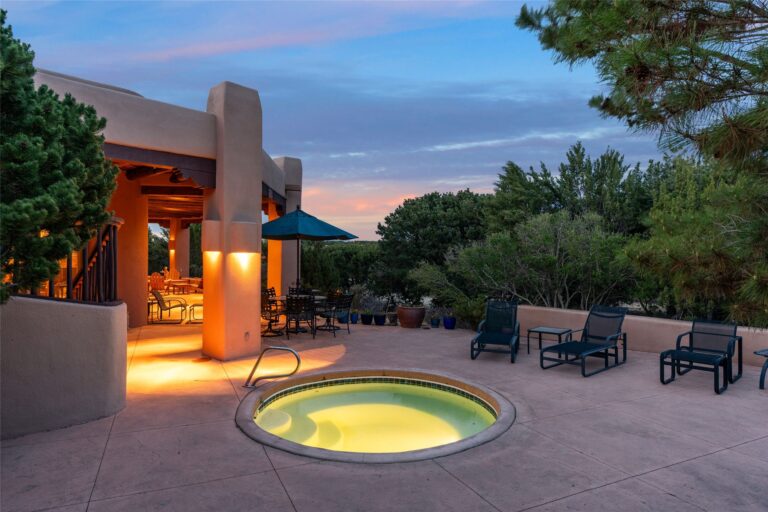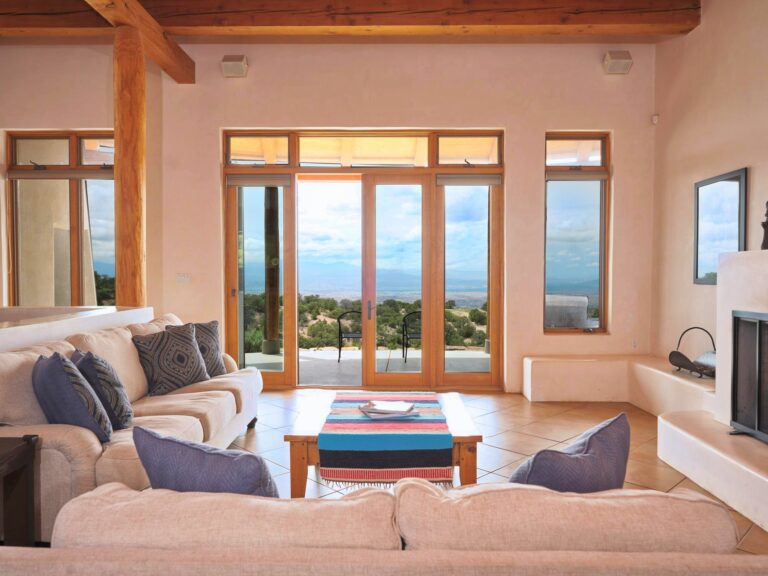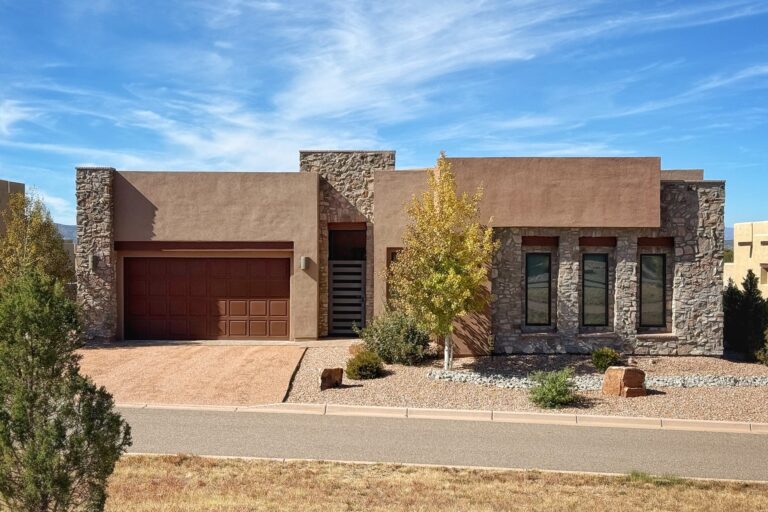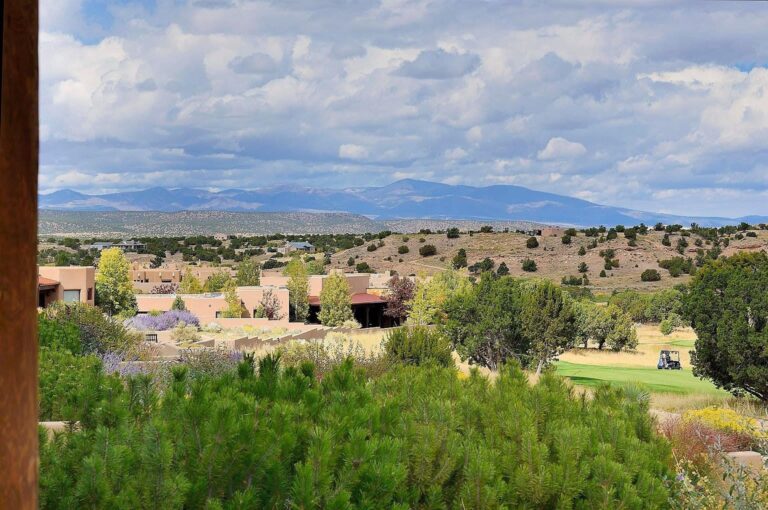Minimalism isn’t just an aesthetic; it’s a way of life. In architecture, it’s about stripping away the unnecessary and focusing on the essentials—clean lines, open spaces, and a deep connection between the home and its surroundings. While some people might think of minimalism as cold or sterile, the best minimalist designs feel warm, intentional, and deeply harmonious with nature.
The Philosophy Behind Minimalism
Minimalism is rooted in the idea that simplicity can lead to clarity and peace. This concept extends beyond architecture into art, design, and even daily living. At its core, minimalist architecture prioritizes functionality, natural materials, and light-filled spaces. It avoids clutter—both physically and visually—so that every element of a home serves a purpose.
A Brief History of Minimalist Architecture
Minimalism as an architectural movement really took off in the mid-20th century, influenced by modernist pioneers like Ludwig Mies van der Rohe, who famously said, “Less is more.” Architects during this period started rejecting ornate, decorative styles in favor of clean forms and open layouts. The movement was also shaped by Japanese architecture, where simplicity, natural materials, and harmony with the environment have been central principles for centuries.
Architects Who Defined Minimalism
Some of the most influential minimalist architects include:
- Ludwig Mies van der Rohe – His work, including the Farnsworth House, emphasized glass, steel, and extreme simplicity.
- Tadao Ando – Known for using raw concrete and natural light to create serene, almost spiritual spaces.
- John Pawson – A master of pared-down luxury, where every detail is carefully considered.
- Alberto Campo Baeza – His designs focus on light and openness, using pure geometric forms to create stunningly simple spaces.
Minimalist Architecture in Santa Fe
Santa Fe might be known for its earthy adobe homes, but there’s a growing appreciation for modern minimalist design in the Southwest. Architects here are blending simple, geometric forms with natural materials like wood, stone, and glass to create homes that feel both modern and connected to the desert landscape.
Why Minimalism Works So Well in the Desert
The stark beauty of the desert is a perfect match for minimalist design. Expansive glass walls allow for unobstructed mountain views, while flat-roofed, low-profile structures blend effortlessly into the land. Many modern homes in Santa Fe use passive solar principles, with thick walls that keep interiors cool during the day and warm at night—proving that minimalist design isn’t just about aesthetics; it’s also about sustainability and efficiency.
Finding a Minimalist Home in Santa Fe
If you’re drawn to the minimalist aesthetic, there are plenty of architects in Santa Fe who specialize in clean lines, open layouts, and natural materials. Look for homes in Tesuque, Las Campanas, and the Ridges, where contemporary architecture is thriving. Whether you’re looking for a brand-new build or a custom-designed home, there’s no shortage of modern, minimalist inspiration in the high desert.
Minimalism isn’t about giving things up—it’s about choosing what truly matters. And when it comes to architecture, there’s nothing more powerful than a home that lets the landscape, light, and materials speak for themselves.

